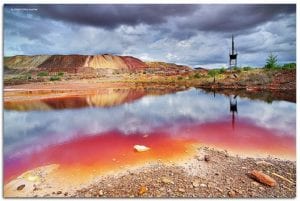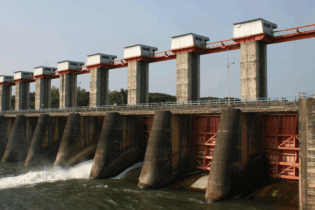Companies are beginning to adopt Anglo American’s model for transforming wastewater from its mines into drinking water.
The mining company was the first in South Africa to transform wastewater from its coal mines into water suitable for drinking, Bloomberg reports. Having purified contaminated water from three South African sites, Anglo American has produced drinking water for 80 000 people, and has doubled the size of its Witbank plant. Now companies such as BHP Billiton and Glencore Xstrata are looking to do the same. Anglo’s treatment centre provides approximately 12% of the area’s municipal drinking water. Gauteng Department of Water Affairs acting head Marius Keet told Bloomberg that Anglo’s plant is a model and a good example of how it should be done. According to Keet, the technology needed to purify contaminated mine water is not cheap. The company must also potentially toxic left-over brine from the process.New legislation makes it compulsory for mines to have a water-treatment plan after the mine closes. “The company would have to treat the mining waste water before draining it into rivers or land anyway so this way they also did something good,” Adrian Viljoen, formerly an engineer at Keyplan, now Aveng, which built the facility, told Bloomberg.
Building on Anglo’s model Glencore will build a water treatment plant in the Middelburg coal-mining area. The plant will improve mine waste water to an approved level so it can flow into waterways. BHP is investing in the Middelburg water plant which has a capacity of 20 million litres of water a day. Glencore currently owns a 15 million litre-a-day capacity water-treatment plant similar to Anglo’s that began operations in 2010. It supplies Hendrina residents with approximately 20% of their drinking water.







